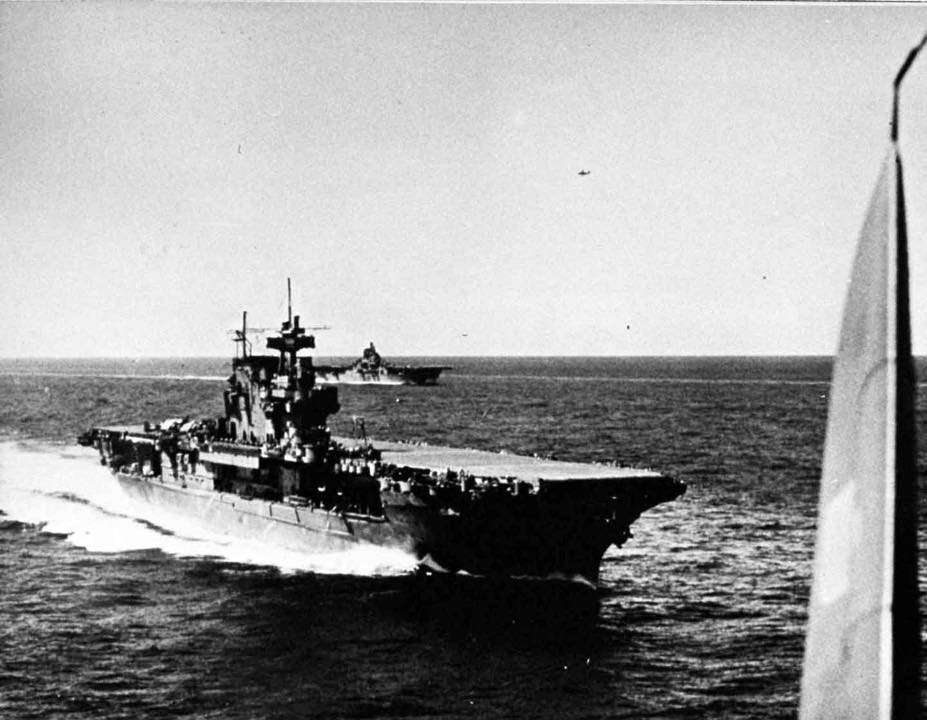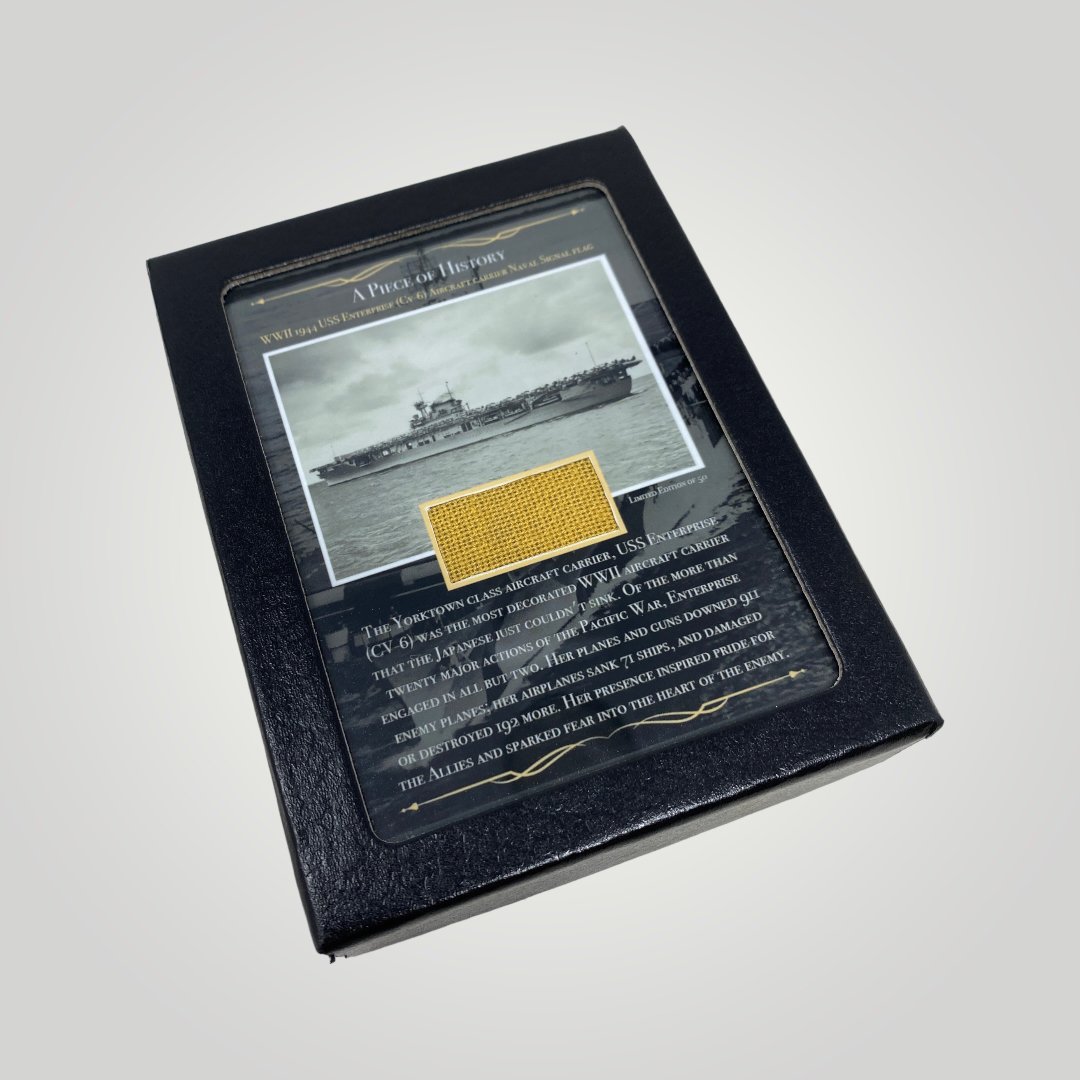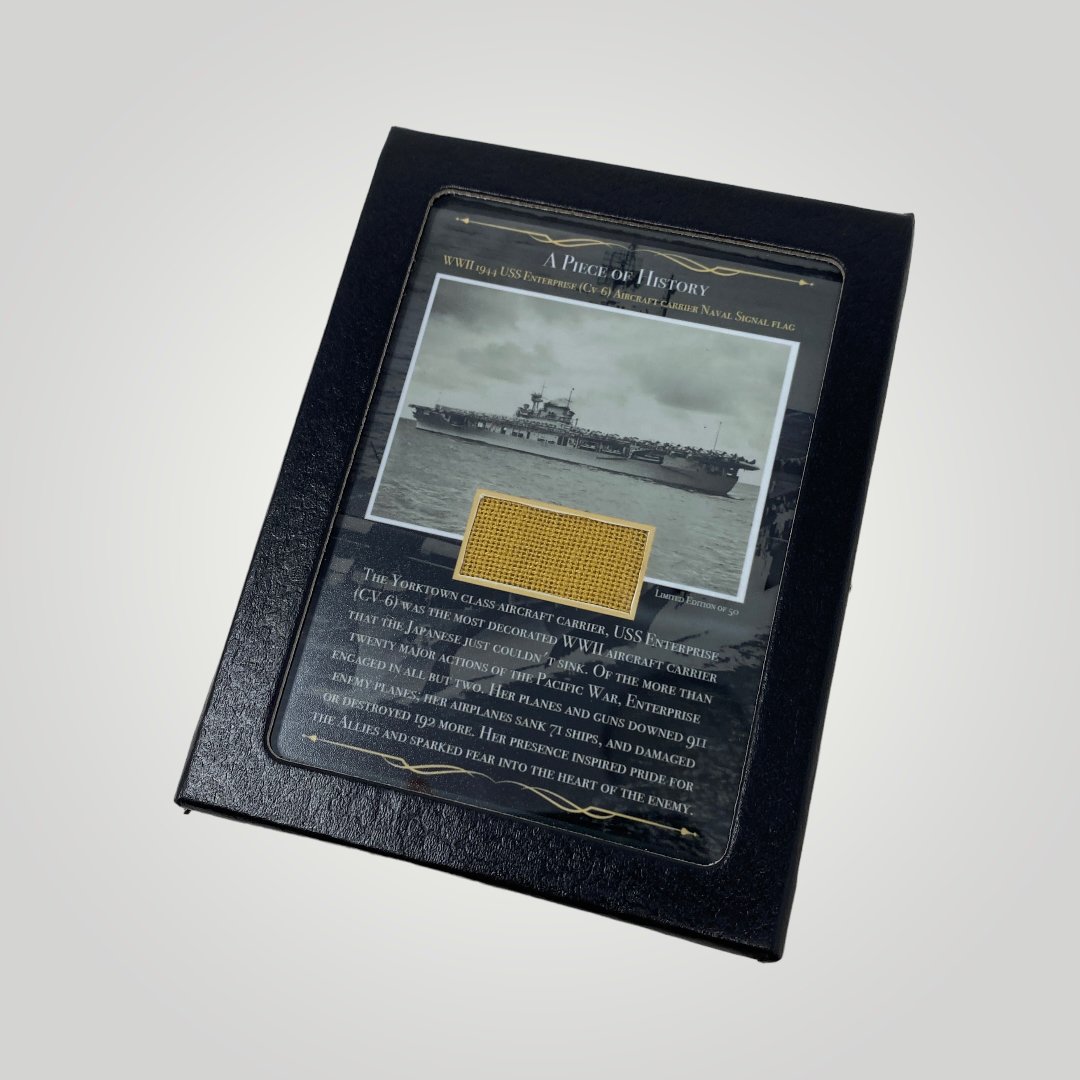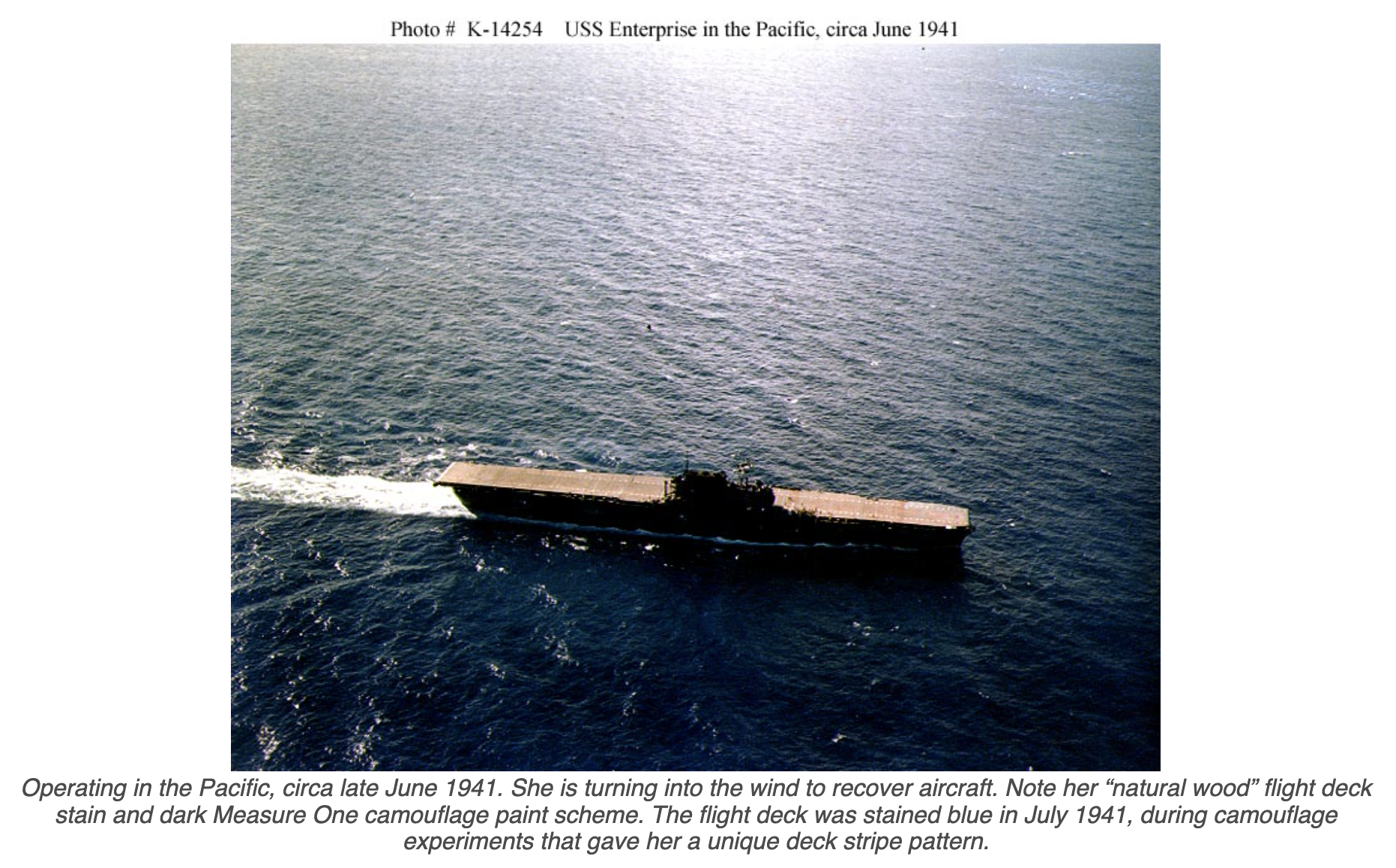RARE! WWII USS Enterprise (CV-6) Battle of Okinawa Pacific Theater U.S. Navy Signal Flag with Display Case (C.O.A. Included)


























RARE! WWII USS Enterprise (CV-6) Battle of Okinawa Pacific Theater U.S. Navy Signal Flag with Display Case (C.O.A. Included)
Comes with a hand-signed C.O.A. and a full historical research write-up.
*Limited Edition of 50*
Own your piece of history today!
Due to an incredibly high demand for display case options we are proud to offer one of our LIMITED EDITION series of HISTORIC DISPLAY CASE EXCLUSIVES. This incredible “Piece of History“ is professionally encased in a glass display case with plush padding and a tightly sealed display case. Each displays features a historical photograph and short description that corresponds to the artifact displayed. This display case measures a perfect 4.25 inches tall x 3.25 inches wide.
This series is a limited edition of 50 pieces, meaning that each “Piece of History” display is unique. The flag artifact you receive may vary slightly from the display shown.
This incredibly rare and very historic piece of WWII history is an original 1944 U.S. Navy signal flag from the infamous USS Enterprise (CV-6). This USS Enterprise signal flag was salvaged and saved by Lt. Moore, a decorated USS Enterprise (CV-6) Air Group pilot after the USS Enterprise survived a direct hit from a Japanese kamikaze aircraft during the Battle of Okinawa in 1945.
“Back in action on 5 April, the USS Enterprise (CV-6) supported the Okinawa operation until she was damaged on 11 April—this time by a kamikaze—and was forced back to Ulithi. Off Okinawa once more on 6 May, Enterprise flew patrols around the clock as kamikaze attacks increased. On 14 May 1945, she suffered her last wound of World War II when a kamikaze Zero, piloted by Lt. J.G. Shunsuke Tomiyasu, destroyed her forward elevator, killing 13 and wounding 68. The carrier sailed for and was fully repaired at the Puget Sound Navy Yard. Near ready, with all planes aboard at the degaussing/demagnetizing range off the Strait of Juan de Fuca when the Nagasaki bombing ended the war on 9 August 1945.”
Comprehensive WWII combat history of USS Enterprise (CV-6):
The Yorktown class aircraft carrier, USS Enterprise (CV-6) was commissioned at Newport News, Virginia, on May 12, 1938. Relocating to the Pacific, she was at sea during the Japanese Attack on Pearl Harbor on December 7, 1941. Three days after, she became the first U.S. Navy warship to sink a Japanese warship, submarine I-70, and later that month participated in the Wake Island expedition. In April, Enterprise covered the Dootlittle Raid on Japan and participated in the Battle of Midway that June, where her planes helped sink three Japanese aircraft carriers and a cruiser. During the Guadalcanal Campaign, she covered the landings and participated in the battles of Eastern Solomons and Santa Cruz Islands. Despite being damaged in both battles, she launched aircraft to assist the ships involved in the Naval Battle of Guadalcanal. In late 1943 and early 1944, Enterprise took part in the Gilberts and Marshall invasions and air attacks on the Japanese in the Central and Southern Pacific. In the summer of 1944, she participated in the Marianas operation and the Battle of the Philippine Sea, followed with the largest naval battle in history, the Battle of Leyte Gulf in October. In February 1945, Enterprise took part in the Iwo Jima invasion, then raids on the Japanese home islands and the Okinawa campaign in April. Due to damage received by two kamikaze attacks in April and May, she returned to the United States with the distinction of being the most decorated U.S. Navy warship during the war. Following Japan's surrender, she helped transport U.S. servicemen back to the United States. Decommissioned in February 1947.
Full History on WWII USN Signals Flags:
World War II marked a significant period in history, with naval warfare playing a crucial role in shaping its outcomes. The United States Navy (USN) was at the forefront of this conflict, employing innovative strategies and technologies to secure victory. One such technology was the use of signal flags, a traditional means of communication that proved indispensable on US aircraft carriers like the USS Enterprise.
Importance of Signal Flags in Naval Communication
Signal flags, a system of visually conveying messages through the use of various colored flags with specific patterns, were an essential communication tool in naval warfare long before the advent of radio technology. These flags enabled ships to communicate over distances, conveying critical information that ranged from tactical maneuvers to navigation orders. Despite technological advancements, signal flags retained their importance due to their reliability, visibility, and the need for secure communication in a radio-jammed environment.
USS Enterprise: The Jewel of the Pacific Fleet
The USS Enterprise (CV-6) was one of the most iconic aircraft carriers of WWII, serving as a cornerstone of the USN's Pacific Fleet. Commissioned in 1938, it participated in several key battles, including the Battle of Midway and the Guadalcanal Campaign. The carrier's success was due in part to its highly coordinated operations, which heavily relied on effective communication facilitated by signal flags.
Methods of Signal Flag Communication on USS Enterprise
On USS Enterprise, the signal bridge was the focal point for the use of signal flags. This bridge was equipped with a designated team of signalmen responsible for hoisting and interpreting the various flags. Different combinations of flags represented specific messages, which were conveyed using a standardized codebook. The signalmen had to memorize the codebook and act swiftly to hoist the appropriate flags in response to orders from the carrier's command center or flight deck.
Applications of Signal Flags on USS Enterprise
Flight Operations: The carrier's flight deck was a high-stakes environment, where precision and rapid communication were vital. Signal flags were used to coordinate aircraft launches, landings, and deck movements. Different flag combinations indicated instructions such as "launch aircraft," "recover aircraft," and "emergency landing."
Formation and Maneuvers: During fleet operations, the USS Enterprise had to maintain specific formations and execute coordinated maneuvers. Signal flags were instrumental in relaying formation changes, course adjustments, and speed variations to ensure fleet cohesion and strategic advantage.
Status and Alerts: Signal flags were used to communicate the carrier's operational status, from readiness levels to damage control. This facilitated the carrier's ability to respond promptly to changing situations, such as damage from enemy attacks.
Advantages and Limitations
The use of signal flags on USS Enterprise offered several advantages. They provided a reliable means of communication when radio silence was necessary, ensuring secure transmission of information. Additionally, they facilitated instant communication visible to all crew members, fostering a sense of unity and teamwork. However, signal flags also had limitations, including the need for clear visibility, which could be compromised by adverse weather conditions or smoke from combat activities.
The employment of signal flags on USS Enterprise and other US aircraft carriers during WWII showcased the importance of adapting traditional communication methods to modern warfare contexts. The carrier's success in numerous battles was a testament to the effectiveness of signal flags in facilitating efficient coordination and maintaining tactical advantage. While technology has evolved since then, the lessons learned from the USS Enterprise's use of signal flags continue to inform modern naval communication strategies.
In conclusion, WWII US Navy signal flags played a pivotal role in facilitating communication on US aircraft carriers like the USS Enterprise. These flags were crucial for coordinating flight operations, executing maneuvers, and conveying essential information during the heat of battle. The legacy of their use on USS Enterprise highlights the adaptability and innovation displayed by naval forces during WWII, contributing significantly to the USN's victory in the Pacific Theater.